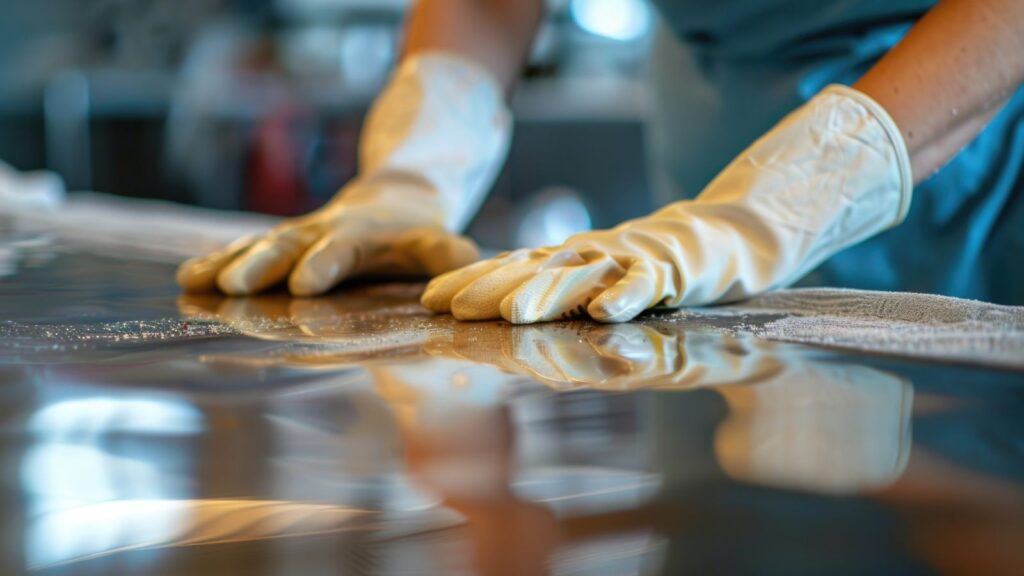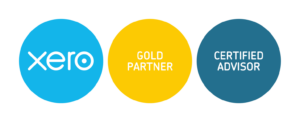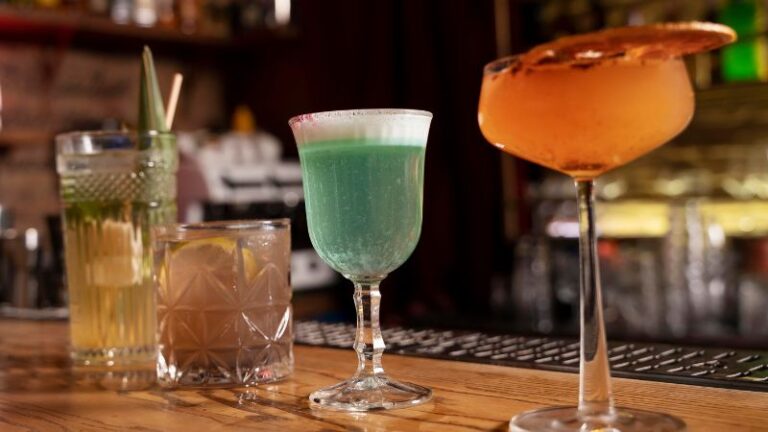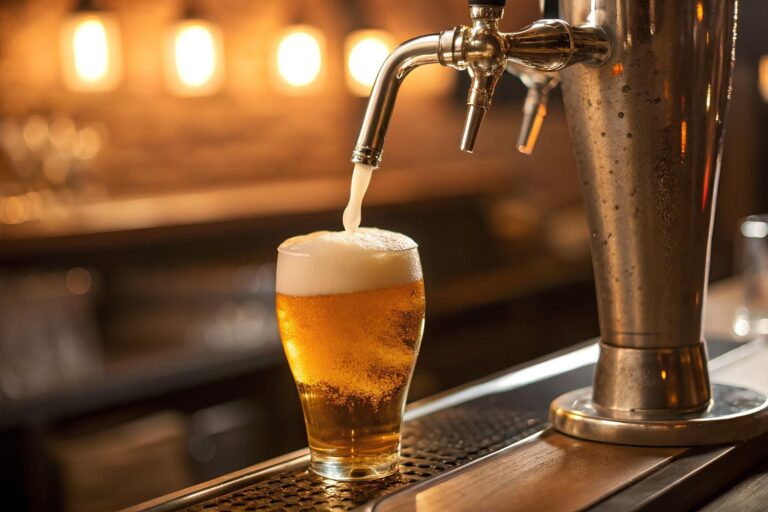How to Calculate Your Restaurant's Prime Cost

When it comes to managing your restaurant’s finances, a well-thought-out budget is a roadmap to guide your business decisions, whether big or small.
If you’ve read our guide on how to create a restaurant budget, we especially suggested using the bottom-up approach because it sets a minimum level of profitability by building your financial plan from the ground up.
This method ensures that you first cover your essential costs—like food, labor, and other operating expenses—before projecting sales goals.
By focusing on your baseline needs, you can create a realistic budget that safeguards your restaurant’s profitability, and calculating your prime cost is a crucial part of this process.
So, What is a Restaurant’s Prime Cost?
Prime cost represents the primary expenses of running your restaurant– what you spend to make your food (cost of goods sold) plus what you pay your employees (labor costs).
How to Calculate Your Prime Cost
The formula for prime cost is pretty easy to remember, but it’s in figuring out what comprises cost of goods sold (COGS) and labor costs that is often confusing.
Prime Cost = COGS + Labor Costs
- Cost of Goods Sold: This includes the cost of all the food and beverages you serve to customers from ingredients to related supplies like packaging, coffee filters, etc. Take note that one-time, non-inventory-related costs like kitchen repairs, equipment purchases, or license fees are not to be included here.
COGS = Beginning Inventory + Additional Purchases – Ending Inventory
- Labor Costs: This covers all the amounts you pay to your employees for their service– salaries, overtime, benefits, payroll taxes, and any other employee-related costs.
Labor Costs = Employee Salaries + Taxes + Employee Benefits + Insurance
Prime Cost Calculation Example
Let’s say you started the month of October with an inventory amounting to $5,000. Over the course of a month, your restaurant made inventory-related purchases amounting to $12,000 and by the 31st you had a total of $4,000 in inventory.
In addition, below are the expenses pertaining to your staff:
- Kitchen staff wages: $10,000
- Front-of-house wages (servers, bartenders, hosts): $7,500
- Payroll taxes and benefits: $2,500
- Insurance: $400
- Overtime pay: $800
1. Start by calculating for COGS first:
COGS = $5,000 (Beginning Inventory) + $12,000 (Additional Purchases) – $4,000 (Ending Inventory)
COGS = $13,000
2. Then, calculate for labor costs:
Labor Costs = $10,000 (kitchen wages) + $7,500 (front-of-house wages) + $2,500 (payroll taxes and benefits) + $400 (insurance) + $800 (overtime)
Labor Costs = $21,200
3. Now, add up the figures for COGS and labor costs to get the prime cost:
Prime Cost = $13,000 (COGS) + 21,200 (Labor Costs)
Prime Cost = $34,200
4. Knowing your prime cost is only half the story. To understand its implications, you’ll want to calculate it as a percentage of your total sales. Suppose your restaurant made $55,000 in sales that month:
Prime Cost Percentage = Prime Cost / Total Sales X 100%
Prime Cost Percentage = $34,200 / $55,000 X 100%
Prime Cost Percentage = 62%
What is a “Good” Prime Cost?
Per industry average, prime costs eat up an average of 60-65% of revenue.
A good benchmark to aim for would be 60% or less– ideally 30% for COGS and 30 % for labor. This means if your restaurant makes $100,000 in sales for the month, your prime cost should ideally be $60,000 or less.
Take note that a prime cost that is too high squeezes your profits, leaving you less room to cover other important expenses like rent, utilities, and marketing.
On the other hand, a low prime cost can mean you’re not paying enough for quality staff or ingredients, which can hurt your restaurant in the long run.
How to Use Prime Cost to Improve Your Bottom Line
- Trim the Fat in Your Menu: If your COGS is too high, it might be time to revisit your menu. Are there ingredients you’re over-ordering that end up going to waste? Are your dishes priced properly? Analyzing inventory and pricing can help you identify where to cut back without sacrificing quality.
- Get Smart with Scheduling: Take note of your restaurant’s slow periods and busy times. If you’ve seen that Mondays-Wednesdays are quieter, consider reducing staff during these shifts to avoid unnecessary labor costs. On the flip side, make sure you have enough staff during busier times, like weekends, to provide excellent service without overworking your team.
- Regularly Review Your Prime Cost: By regularly comparing your prime cost percentage to your sales, you can spot inefficiencies and make timely adjustments before they become major problems.
Final Thoughts
That’s it! We hope this has been helpful to equip you on the concept and implications of your restaurant’s prime cost.
Keeping it within industry standards is achievable, but we understand that it gets a little challenging when you need to do it on top of running your business. This is why we highly recommend using Xero for your accounting. Xero’s ability to customize your financial reports (at no extra cost) to calculate and track your industry specific costs/ratios helps you properly analyze the financial performance of your business, so you can make timely and meaningful decisions.
If managing labor costs still feels overwhelming, or if you want to take a deeper dive into optimizing your restaurant’s finances, we’re here to help.
Our team at U-Nique Accounting specializes in using Xero to provide accounting support tailored for restaurant owners, from basic bookkeeping to handling your taxes.
If you ever feel you could use some extra support, whether to manage costs, optimize your budget, or offer detailed insights into your restaurant’s financial health, we’re here to help!
Helping restaurant & brewery owners get their costs under control and keep more of their hard-earned money is what we do.
To get in touch, you can book a quick introductory call with us anytime.
Simply use our calendar below to start.

By MATT CIANCIARULO



